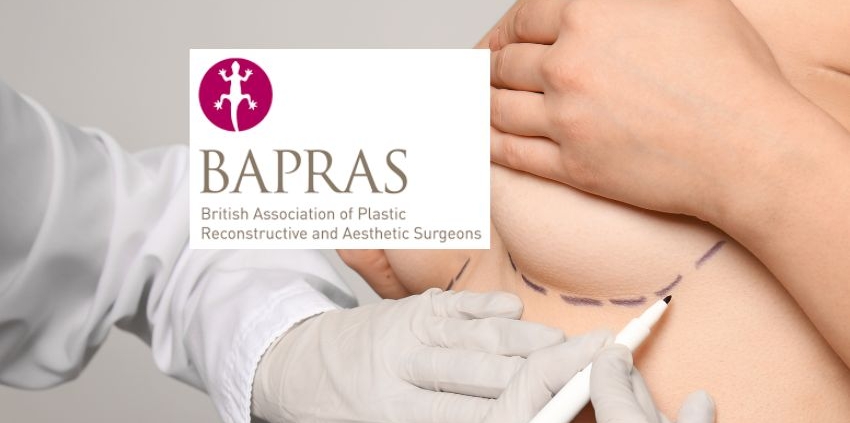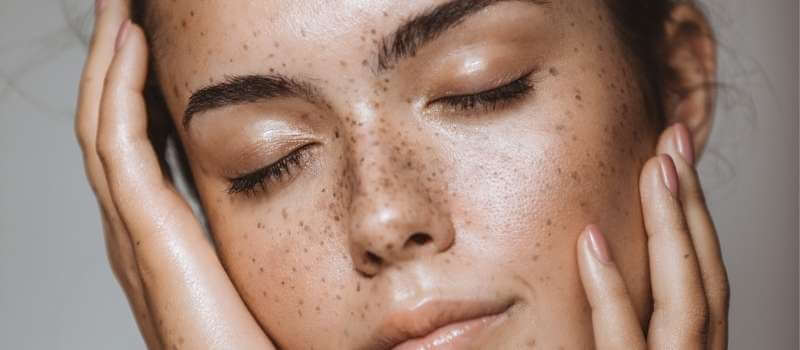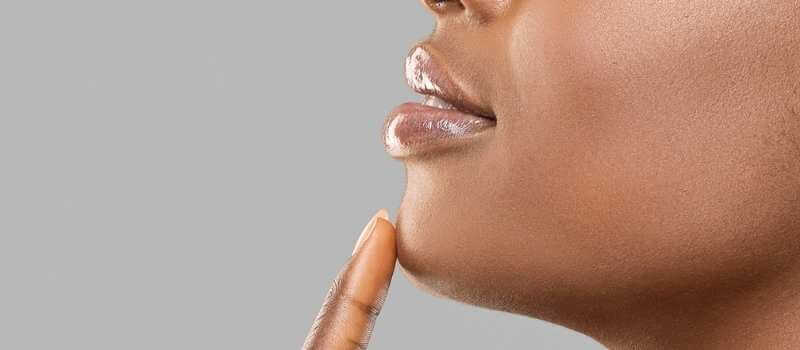We have already seen record temperatures and unusually sunny days this summer in the UK. With further heat waves expected, now is the perfect time to start thinking about keeping the body protected.
While it’s natural to want to enjoy the beautiful weather that we have been treated to this year, it can cause havoc for our skin and eyes. Without adequate protection, the sun could trigger signs of ageing. Particularly in delicate areas like the eyelids.
So, how can you reduce the risk of your eyelids ageing in the sun? Check out the best tips you can follow to help protect your eyelids this summer.
Why protect your eyelids?
The sun’s rays don’t just put your skin at risk, they can also have a detrimental impact on your eyes too. Not only can they increase the risk of cancer, but they can also cause premature ageing around the eyelids too.
It is the UV radiation from the sun that causes problems for the eyes. Some of the main conditions that can be triggered by the sun’s rays include:
- Cataracts
- Macular degeneration
- Corneal sunburn
- Conjunctival cancers
The risks are very real, making it crucial to focus on protecting the eyelids during the summer months.
Keeping the eyelids protected
If you want to keep your eyelids protected this summer, there are some things you can do. Let’s look at some of the most effective protective steps you can take…
Wearing sunglasses – Wearing sunglasses is one of the most effective ways to keep your eyes protected. Ideally, you’ll want to opt for sunglasses that block out 99% to 100% of UVA and UVB rays.
Wear a wide brimmed hat – A tightly woven fabric wide brimmed hat can help to keep the sun out of your eyes. Choose a hat with a three-inch brim, and it will help to block out around 50% of the sun’s rays.
Use broad spectrum sunscreen – Even with protective gear, it’s a good idea to use a broad-spectrum sunscreen. It should contain an SPF of 15 or higher, and state that it is safe to be used around the eyes.
Take care near water, snow, and sand – Water, snow, and sand are known to reflect the rays of the sun upwards. This means you can be hit by its harmful rays twice.
Avoid being in direct sunlight during peak times – One of the best ways to protect the eye’s during summer is to stay out of the sun during peak times. These tend to be from 11am through to 3pm.
Reversing the signs of ageing
If sun damage has already occurred around the eyes, taking protective steps can prevent the damage from worsening. However, if you want to reverse it completely, you may benefit from undergoing a blepharoplasty.
Also known as an eyelid lift, a blepharoplasty is most commonly used to correct droopy eyelids. However, it can also eliminate the signs of ageing from around the eye area. To see if the procedure could help you to achieve a younger, fresher look, book a consultation with Mr Nigel Horlock today.










